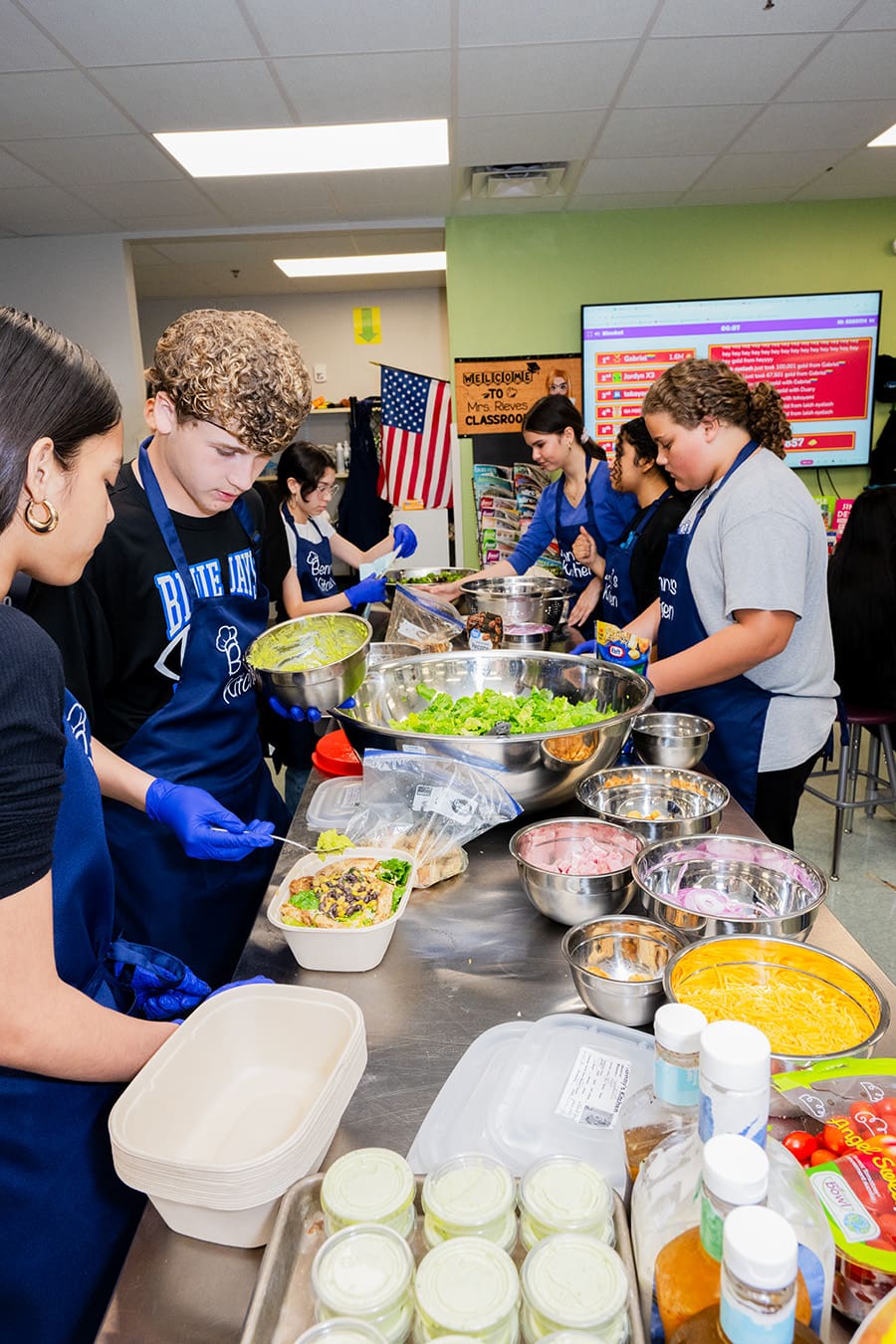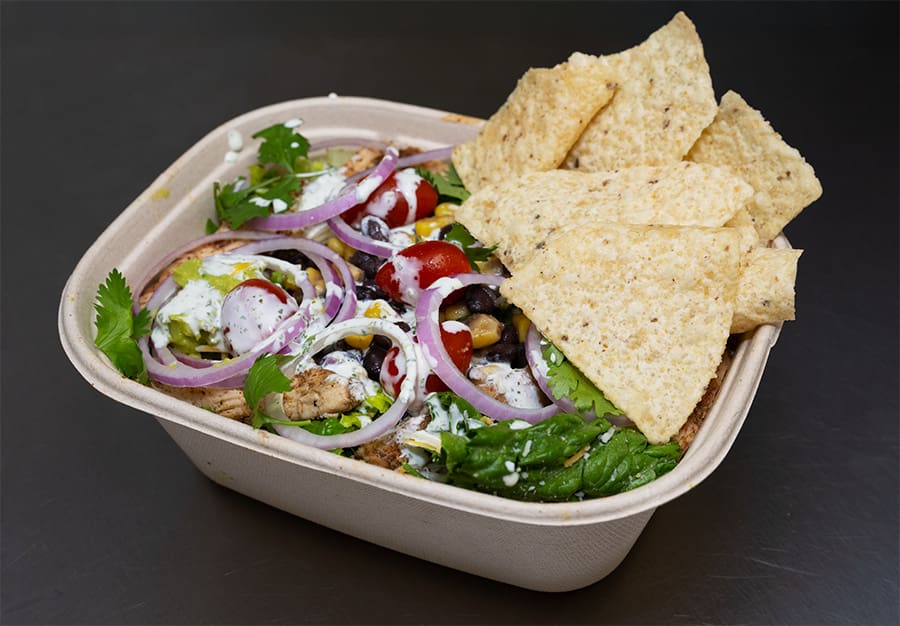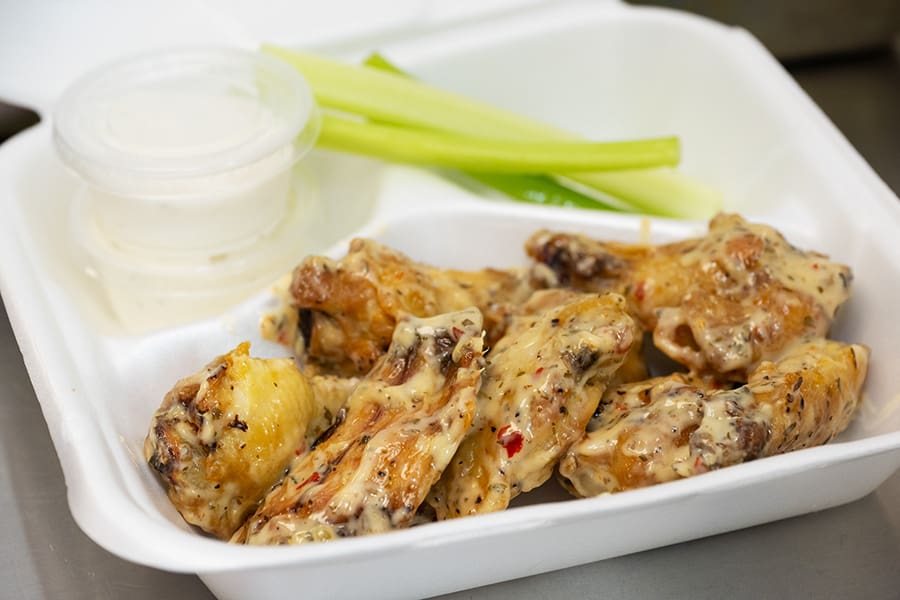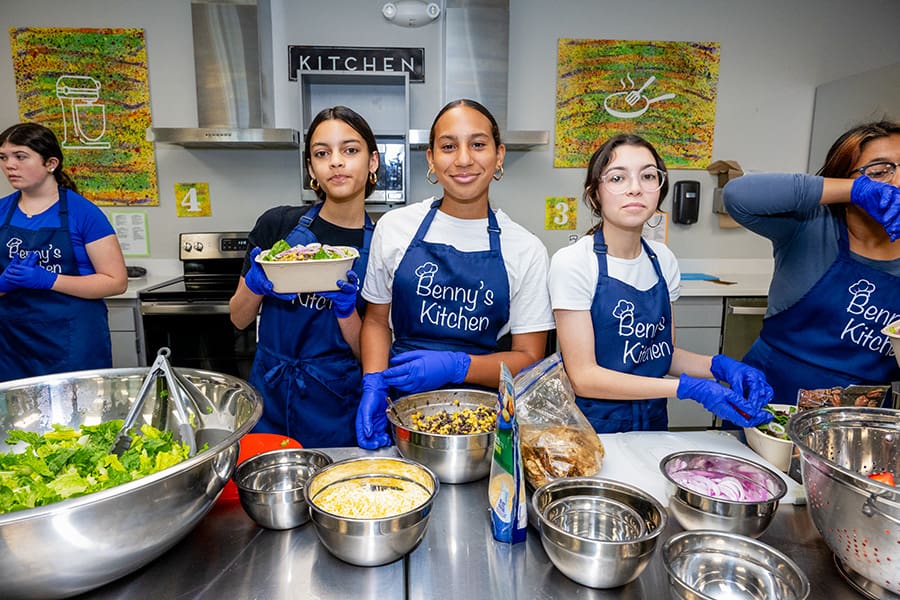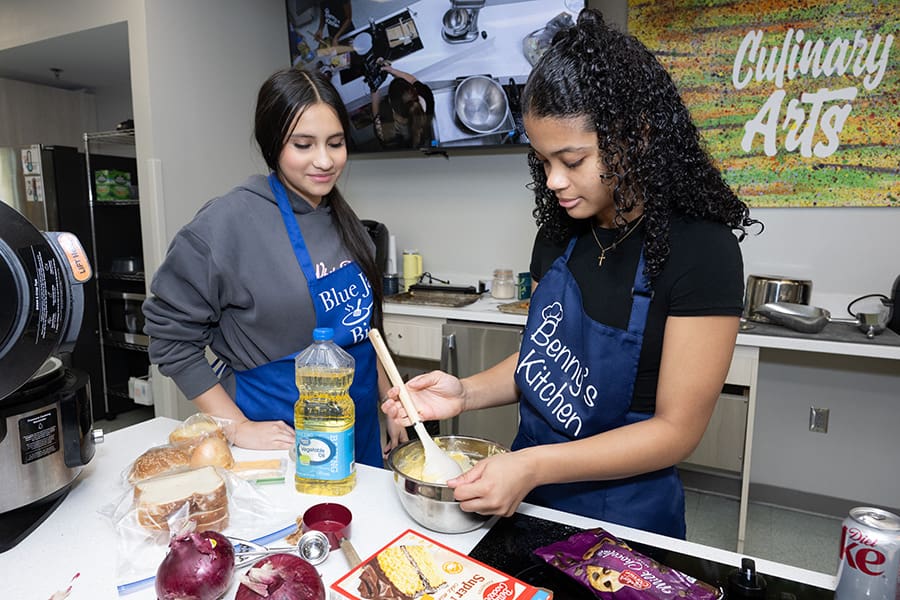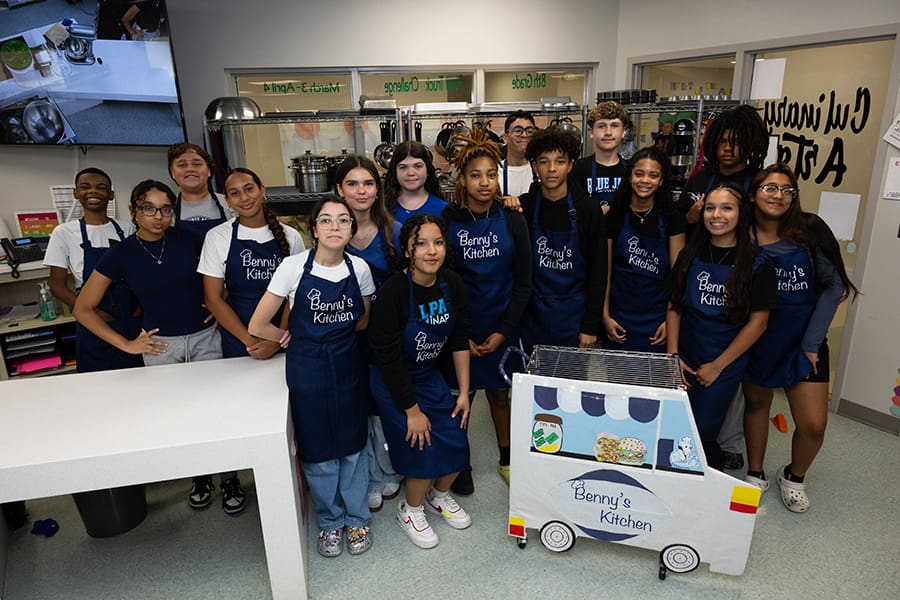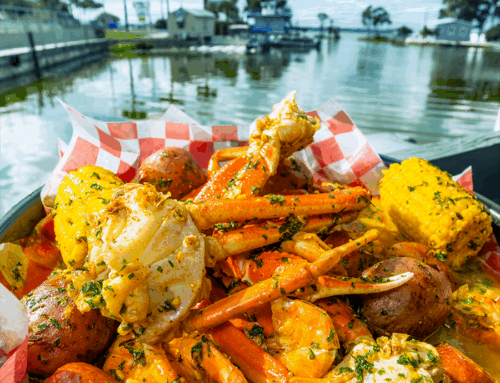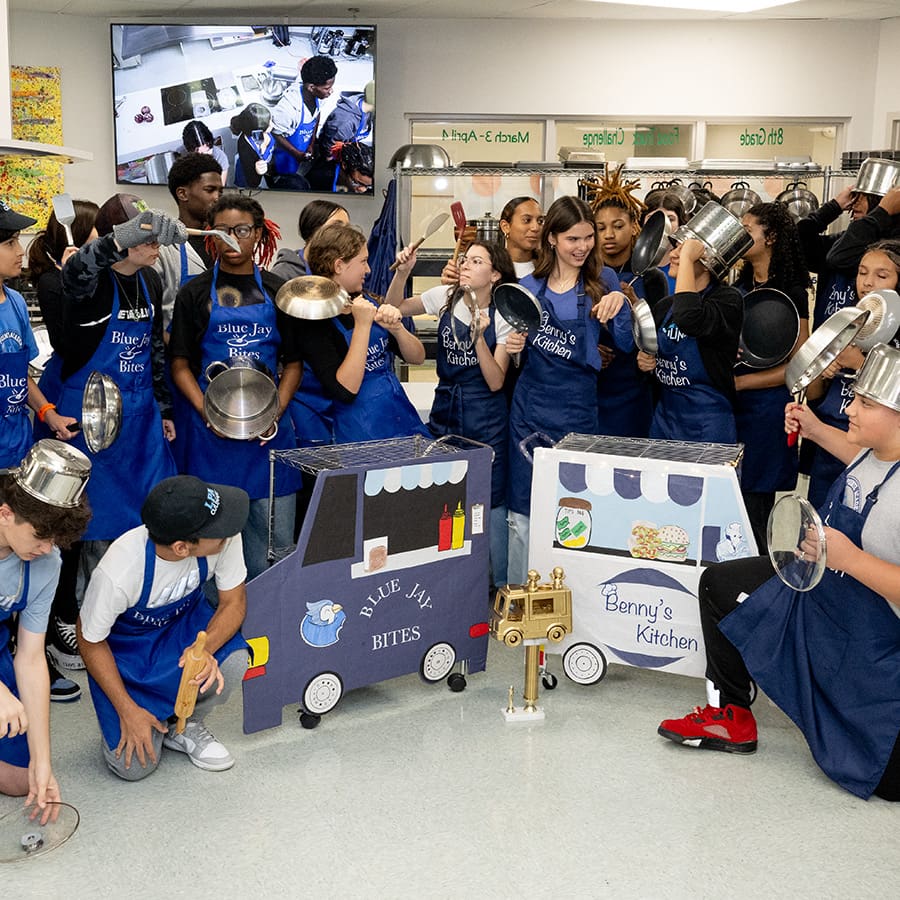
By Cindy Peterson
Lake Pointe Culinary Students Take on Real-World Food Truck Challenge

Lake Pointe Academy middle schoolers are getting a taste of the real world through a culinary challenge that turns them into food truck entrepreneurs.
The program, led by culinary instructor Shantelle Reeves, immerses culinary students in grades six through eight in a hands-on project where they simulate every aspect of running a restaurant on wheels. From writing business plans to budgeting, cooking and customer service, the students take on every responsibility themselves.
“We call it our food truck challenge,” Shantelle says. “Each student becomes part of a team that forms their own company. They write business plans, pitch their ideas, and if they get funded, they build out their teams with roles like CEO, operations manager and marketing lead.”
The project is built into Lake Pointe’s beginning culinary classes, which are part of the Career and Technical Education Department of Lake County Schools. The curriculum follows CTE career standards that go well beyond basic cooking.
“We start the year focusing on food safety using the ServSafe curriculum, the same material restaurant managers use to get certified,” Shantelle says. “They learn about proper sanitation, cross-contamination, allergens and how to run a safe kitchen.”
In the second half of the year, the hand-on projects kick in, which includes the food truck challenge, and the classroom transforms into a business incubator.
Each team designs a unique food truck concept, often giving it a theme or signature style. Before they can start cooking, students must pitch their business ideas to Shantelle, who acts as the funding agent. If she approves the plan, they’re “funded” and begin setting up operations.
To prepare, students hear from a local entrepreneur who walks them through how to structure and write a business plan. Once approved, the real work begins.
“They have to plan their menu, calculate grocery costs and highlight the items they need,” Shantelle says. “They keep a cash flow sheet, just like a real business, and track expenses every week. They also have to pay things like rent, a permit fee and we even bring in a real health inspector to review their kitchens.”
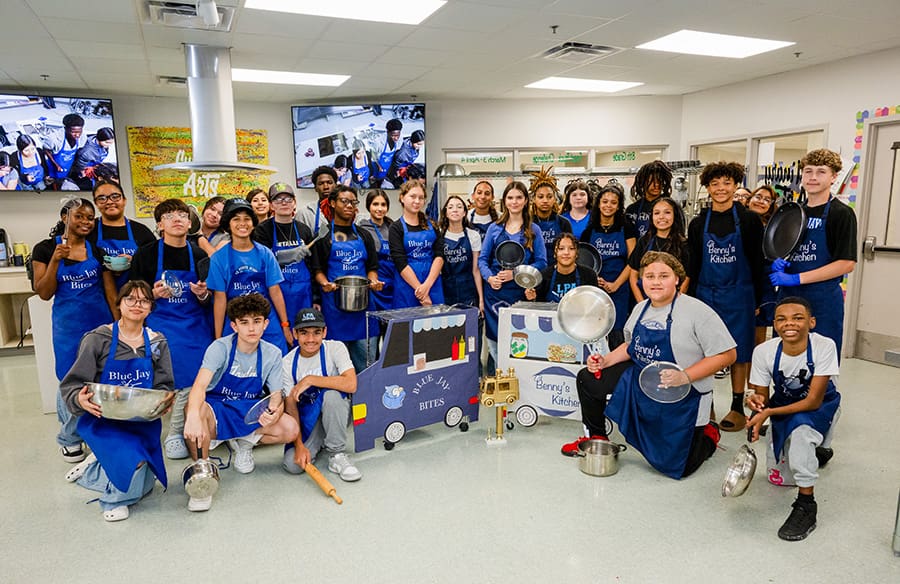
_DSC3246
Once their businesses are operational, students take weekly food orders from school staff using Google Forms. Teachers and staff can choose from that week’s menu and receive their orders on Fridays, when the students prepare, package and deliver the meals.
“We had one week where teams sold 45 meals,” Shantelle says. “That’s a lot of cooking and organizing for kids this age. Last year, teachers didn’t know what to expect, so we started smaller. But this year, the staff were asking for the meals from day one.”
The deliveries are followed by a Yelp-style review system where teachers and staff rate the meals, offer suggestions and assign stars for presentation, taste and overall experience. Those reviews become instructional tools the students use to refine their businesses.
“It’s a huge learning moment,” Shantelle says. “If an order doesn’t get delivered, the students handle the customer service themselves. They figure out how to make it right.”
Students are responsible for staffing their operations, managing kitchen efficiency and navigating the challenges of working together, which is a key learning objective for the course.
“One of the biggest things they’re learning is how to properly collaborate and work as a team toward a common goal,” Shantelle says. “They’re also learning how to be employable, what’s acceptable, what’s not and how to adapt to different work environments.”
Even pricing is determined by the teams, who decide how much to charge for each item and whether to offer premium add-ons.
“They’re learning about upcharging too,” she says. “Things like offering bakery-style cookies or drinks on the side. They’re calling the shots and I’m just there to support and guide them.
While many students won’t go on to become chefs, Shantelle hopes the challenge opens their eyes to a variety of career paths in the food and hospitality industry.
“I hope they see that there are jobs in food service that aren’t just about being in the kitchen,” she says. “There’s marketing, management, logistics, so many roles that use their strengths and don’t require being the one cooking.”
The Lake Pointe culinary program also includes a garden with eight raised beds that students maintain with the garden club that meets weekly. Herbs grown there are often incorporated into food truck meals or other aspects of the class.
Weekly labs have included recipes like Belgian waffles, boba tea, California rolls, cinnamon rolls and pasta dishes. As many as 125 students cook in a single day, which makes grocery costs substantial.
“When we do a lab, it can cost a lot of money, and it’s through fundraising like this that we’re able to keep it going,” Shantelle says.
Funding for the food truck project comes from the Education Foundation of Lake County, which provides grant money for groceries, packaging and equipment. All proceeds from food sales go back into the culinary program, helping sustain labs and future challenges.
To add excitement, Shantelle created a “bragging rights” trophy assembled from her daughter’s old dance award, topped with a miniature food truck. The trophy goes to the team with the most profitable business at the end of the project.
The project will conclude with a culinary showcase event where students don chef coats and serve dinner to their families in the school cafeteria, a full-circle moment that celebrates not only what they cooked, but what they learned.
“It’s such a proud moment,” Shantelle says. “Last year the families were blown away by what the kids had done. These are skills they’ll carry with them for the rest of their lives.”
Recipes

SPINACH MOZZARELLA AND FETA WHITE PIZZA
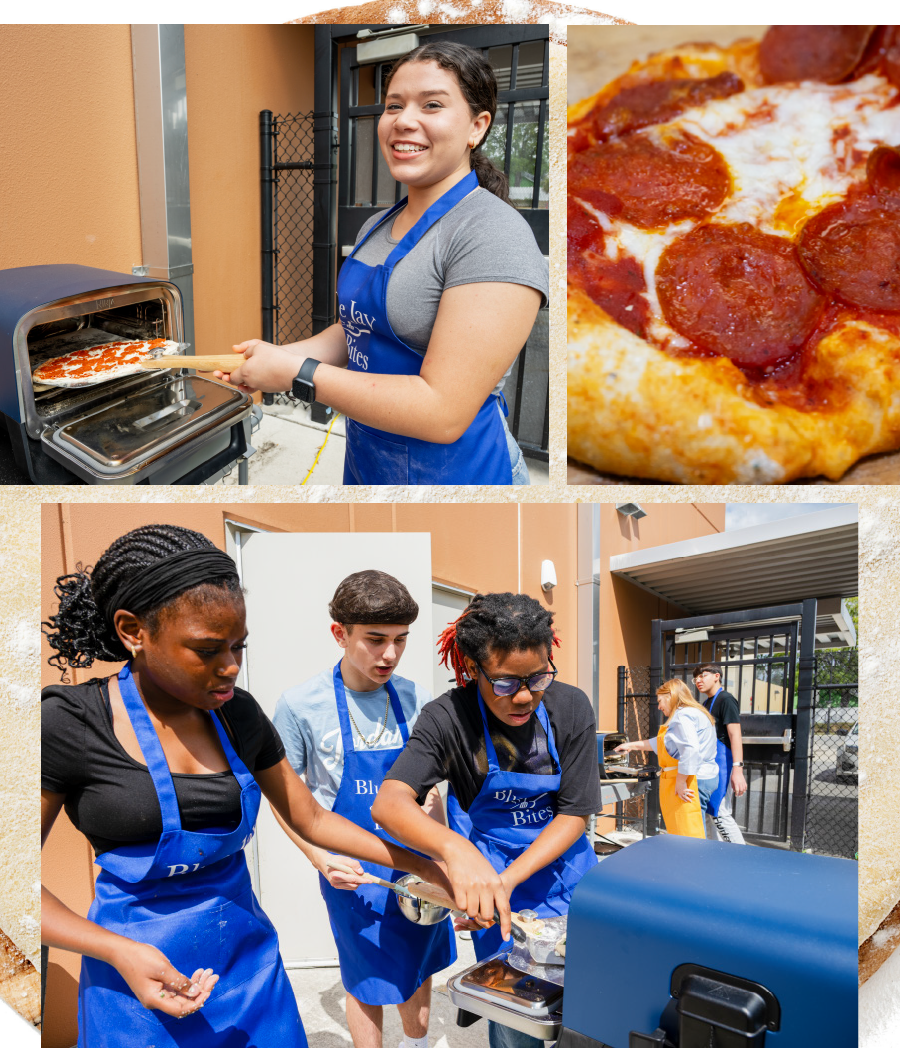
WOODFIRE PIZZA DOUGH
Photos: Cindy Peterson
Let us know!
Let us know!
Let us know!
Originally from the small town of Berryville, Arkansas, Cindy has become a multimedia specialist in journalism, photography, videography, and video editing. She has a B.S. in Communications from the University of Central Arkansas and produces Style Magazine's Sports Hub Podcast and the Healthy Living Podcast. She also produces for Beacon College’s Telly Award-winning PBS show, “A World of Difference.” When she isn’t working, Cindy loves traveling the National Parks with her husband , Ryan, and son, David, photographing wildlife.





